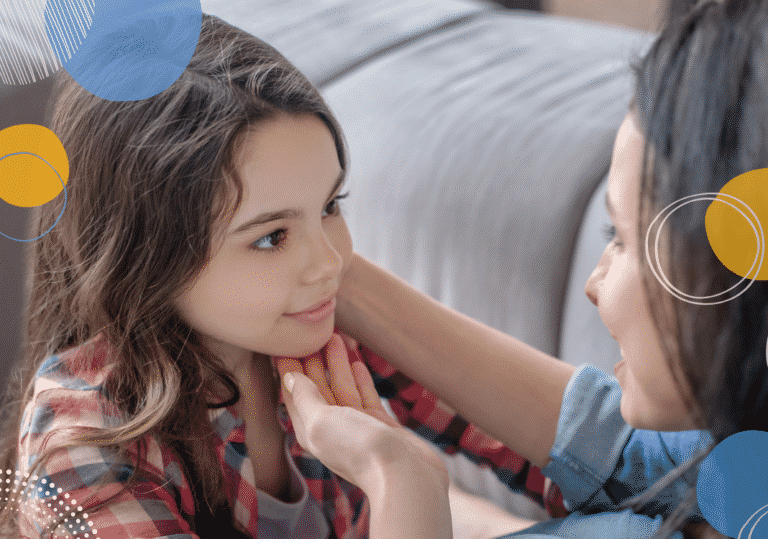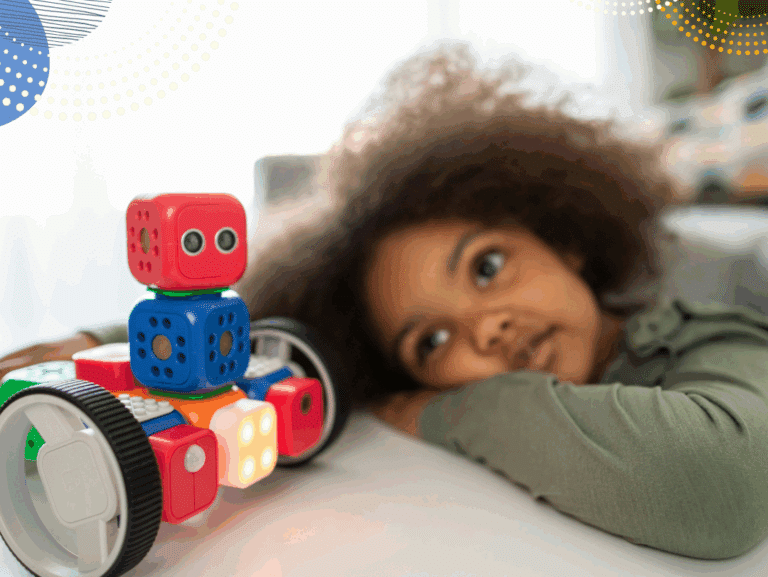The role of touch in child development
There are lots of concerns about the impacts of social distancing on children’s development. Parents are reporting their children have become more germ phobic as a result of Covid anxieties. And what about young children who have missed out on opportunities to hug and be physically close to anyone other than their parents? So, I thought now would be a useful time to look at the role of touch in child development and give a few tips on how to help children become more relaxed with physical contact post-Covid.
Touch supports brain development
Babies’ brain development requires interaction with their environment on a sensory level (through touch, sounds, sights, smells, taste). Babies are born with a brain full of cells called neurons which look a bit like pieces of string. By experiencing their environment through their senses, a baby’s brain cells link up into pathways which become knowledge and skills.
One of the first tasks of a newborn baby is to learn to control their limbs. By touching and being touched, a baby’s brain gets feedback from their skin, creating neurological links and gradually leading to a recognition of self – of where they start and stop – and a growing control of their movements.
For older children, touching objects helps them come to understand the basic principles of the universe (how liquids are different from solids, hot vs. cold etc). Tactile stimulation therefore boosts children’s development, increases their understanding of the world and of themselves.
Touch promotes social communication skills
In order to start to communicate, children first have to recognise the relationship between two communicators’ actions. This means learning the basic turn-taking pattern of “I do/say something, you do/say something, I do/say something, you do/say something.” Touch plays a role here. For example, if you stroke a newborn on the palm of their hand with your finger, they will instinctively respond with a grasp reflex and wrap their fingers around yours. Our adult brains interpret this reflex as an act of communication so we are likely to respond to it with a changed facial expression or a sound or by continued touching. So, touch helps babies begins to learn that action-reaction communication pattern and how to get and keep our attention.
Touch is important to children’s emotional and physical health
Gentle touching by a caring adult releases the body’s feel-good chemicals (endorphins, oxytocin and dopamine) and reduces children’s stress levels. This is really important as research shows that exposure to a lot of stress while the brain is developing in the early years can get hardwired into a child’s future brain responses. Also, when children are calm, they are much easier to parent – so a parent-child relationship that includes gentle touch can also reduce parents’ stress levels. Touch helps toddlers identify their special caregivers – the safe adults they can turn to for comfort.
How can we minimise the impacts of no-touch pandemic habits?
‘Slowly does it’ is the key message here. Children need to expand their safety zone slowly, so don’t insist they hug Grandma if they don’t want to. Allow children to take it at their own pace. If a child is nervous of you, sit still and be interesting. Pick up a toy and play with it. Or do something silly with it. Put the toy on your head. Use the toy the wrong way or fail to work it out. If you sit still and don’t pressure a child into physical proximity, your threat level drops. And by doing something interesting, their curiosity factor rises and children will naturally come closer to investigate. Reading out loud from a book is also a great way to tempt children to come and snuggle up and look at the pictures.
Play is the best therapy, so (if it is safe to do so) get children playing games which naturally involve proximity but in a way that they are in control. (No forced tickling). Try providing different and interesting textures. If they are nervous of touch, encourage them to stroke cuddly toys and pets – and then maybe move on to brushing your hair. If we get children playing with other children as much as possible as soon as it is safe to do so then there is no reason to think that they won’t bounce back from social distancing.
You can hear me talking more about this topic on the Made by Mammas podcast (June 24th 2021). The podcast episode was sponsored by Nivea but this post is not sponsored. I decided to write it because I thought Thinking Parenting readers would value this information.







